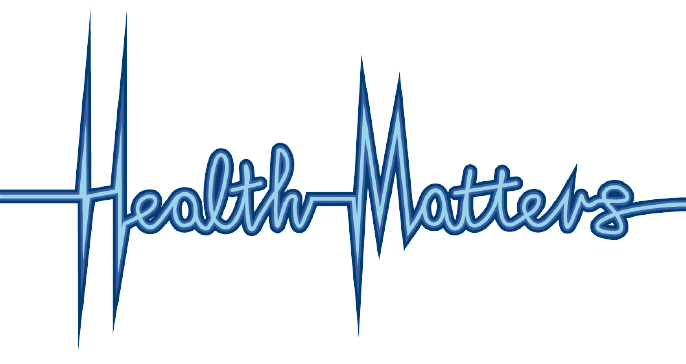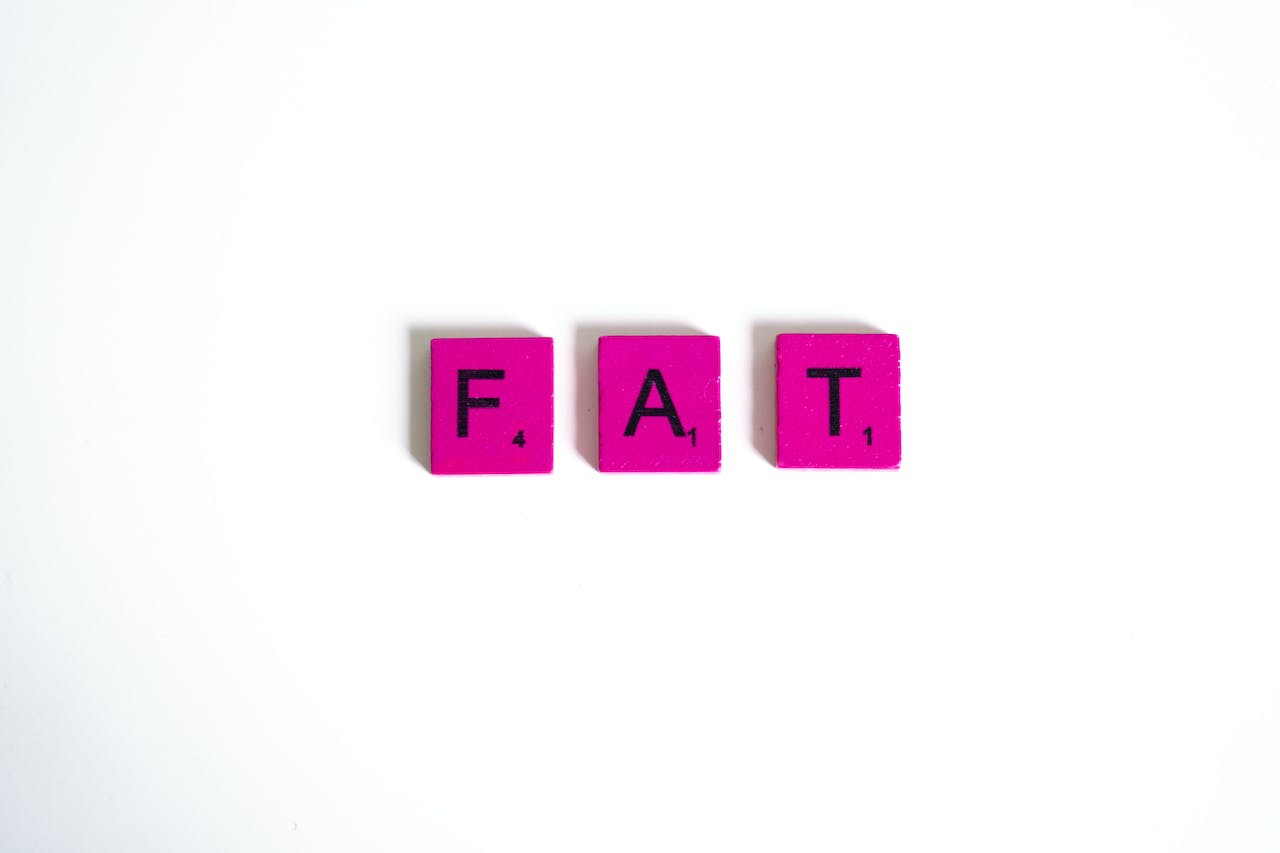Last month we chatted about carbohydrates and why you should not cut them out of your diet heading into the new year. The next macronutrient we want to chat about is fats. Most of you guys reading this grew up in a time when low-fat, reduced-fat, and fat-free items were heavily promoted on television, social media, and magazines. Foods containing fat were demonized and associated with fat gain. It was fear-mongering at its finest.
However, thankfully, we all now know that the only way you will gain weight is by being in a calorie surplus. It doesn’t matter where those excess calories come from; it could be fat or carbohydrates. We have witnessed it firsthand with our clients who sign up for an RMR test – whether it is fat loss or fat gain, the answer lies in the calories consumed.
What Are Fats And Why Are They Important?
Fat is a macronutrient, along with protein and carbohydrates. We have essential and non-essential fats. Our body needs to obtain essential fatty acids through our diet as the body cannot make them.
- Fats help the body absorb fat-soluble vitamins such as A, D, E, and K.
- Fats are an important source of energy. The amount of fat oxidised during exercise depends on the intensity and duration of the sessions (get a VO2 test if you want more specifics).
- They help to build our cell membranes, hormones, brain tissue and it helps to protect our organs.
- They are satiating and keep us full for longer.
- They help to balance our blood sugars.
- Helpful for our skin, hair and nails.
Unfortunately, some people still fear fats and live by these old messages. Some side effects of a low-fat or no-fat diets is dry and flaky skin, sensitive skin, mood imbalances, hormonal issues, menstrual cycle disturbances, poor vitamin absorption, hunger, cravings, and much more.
We are here to tell you to include fats as part of a well-balanced diet and reap the benefits!
Types Of Fats
What we need to consider it the type of fat we are eating. Not all fats are created equally or have the same health benefits.
Below is a list of the different categories:
- Trans fats – these mostly come from processed foods. These are produced by hydrogenation, a process that changes liquid oils into spreadable fat or solid fat to extend shelf life, and improve taste and texture. Sources include baked goods, snack products, fried foods, and takeaway foods. Limit your intake of trans fats, they should be avoided.
- Saturated fats – these are usually solid at room temperature. Sources include animal products such as butter, lard, cheese, meat fat, ice cream, milk and cream. It is recommended saturated fats make up less than 10% of your daily calorie intake.
- Monounsaturated fats – these confer the greatest health benefits. Sources include olive and rapeseed oil, almonds, hazelnuts, peanuts, seeds, and avocado.
- Omega 6 polyunsaturated fats – sunflower seeds, walnuts, soybeans, corn & their oils.
- Omega 3 polyunsaturated fats – Rich sources include most nut and nut seed oils, walnuts, flaxseeds, chia seeds, and oily fish (salmon, mackerel, sardines, herring).
Public health guidelines recommend that adults get no more than 35% of their daily energy from fats.
Unsaturated fats should make up the majority of your fat intake, with no more than 10% of total calories coming from saturated sources and keeping trans fats as close to zero.
Alarmingly, most individuals are over these recommendations!
Athletes and the general population should aim to consume plenty of omega-3-rich foods. These have been shown to reduce inflammation and reduce the risk of certain cardiovascular diseases and other chronic conditions.
Summary
Overall, fats should be consumed as part of a well-balanced diet. They are extremely healthful and have numerous health benefits. However, these benefits lie in the type of fats you are consuming. So rather than low fat, reduced fat or fat free foods, we encourage you to eat your oily fish, eggs, nuts and seeds. Enjoy them, and as for the rest, have them in moderation.
Yours in Health and Fitness,
The Health Matters Team
—————————–
Give us a follow-on Instagram @healthmattersire and feel free to engage, like, share and comment.
Our articles are published early through our newsletter.

